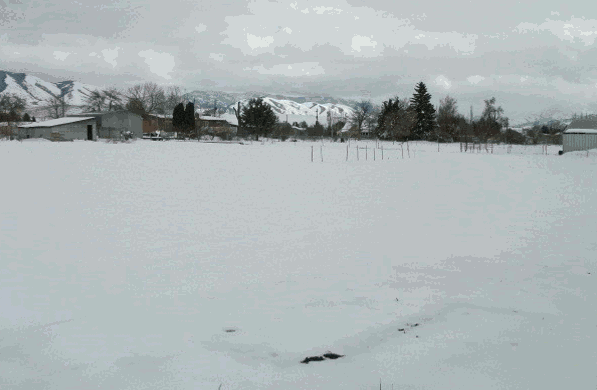posted 11 years ago
I'm interested in this too.... Which is why I planted a small, test hugel bed this year.... I've put a mix of kales, squashes, tomatoes, lettuces, strawberries, sunflowers, calendula, nasturtiums, cilantro and other herbs on it. Some of the things took right off and I have been harvesting regularly. Other things are just now coming in behind the same varieties in other spots in the garden. The sunflowers are much bigger then others around, but they were also planted weeks earlier--the hugel mound was the first thing built this spring. And now that some stuff is gaining some height I have gone back and sown some lettuces and other greens to take advantage of the shade....
I think it has great potential for a market garden situation. All the plants look much better than similar ones in other places, and that could be a function of just having a head start, or the added moisture retention. I think it's going to be a case of observe, observe, observe....







